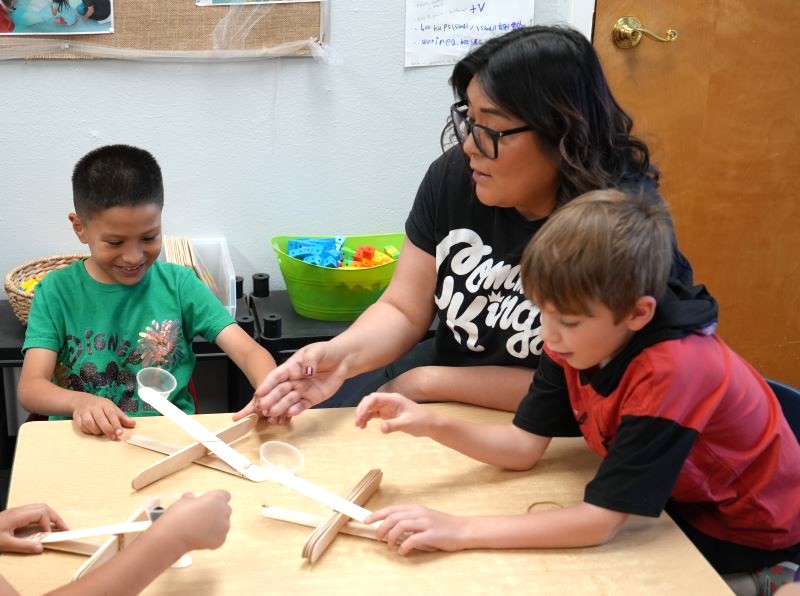Oklahoma is applying the ECHO Model to break down silos in public education, thanks to a quiet architect named Ed Harris, Ph.D., who was the first to take the ECHO Model and apply it to education.
Working with the Oklahoma Department of Education from 2018 to 2024, ECHO programs have reached all 77 counties — the entire state.
Harris worked his way up from teaching and administration roles in public schools, to become a professor and then dean of the College of Education at Oklahoma State University, where he saw the need for a systems approach to change in public education.
“When Oklahoma State started using ECHO for health care in 2017, I took notice because I saw that the ECHO Model was an ingenious application of adult learning theory. ECHO was the idea that I’d been looking for in public education to level the playing field, to reach every level of the education system with resources and expertise,” says Harris.
Harris then pulled together a collaboration of key organizations including Oklahoma’s Board of Education, Oklahoma’s School Board agency, superintendents, the Department of Health, and colleges of education.

Two students and their teacher at the Christina Kent Early Childhood Center in Albuquerque, NM. Credit: Tara Memarian, Project ECHO, June 2023.
Realizing the ECHO Model Is Ready-Made for Education
Scaling the ECHO Model for education looks different than ECHO for health or climate — but it’s the same model.
“When we are working with systemic programs, like teacher morale in our schools, that’s not going to be done in one session, or even a year of sessions, like some aspects of health could be. It’s a different type of knowledge, but it’s very important to say that it’s still knowledge, and the ECHO Model is what works to disseminate that knowledge,” says Harris, adding: “That’s where the beauty of the of the ECHO Model is — it provides the three-part recipe of: didactic, then discussion, then case presentation and recommendations. And to keep that going, there’s that community of practice for network-wide collaboration.”
Oklahoma State recently rolled out the Building Healthy School Communities ECHO Program to comprehensively address school wellness by creating a dialogue between athletic directors, administrators, coaches counselors, subject matter experts, superintendents and teachers.
Oklahoma’s success has shown that the ECHO Model can be used to implement K-12 education solutions systemically. “What we see in Oklahoma is that ECHO education programs have that collective synergy and a systems approach, where you are recombining resources and ideas, breaking down silos to make something new — and — better for society,” Harris says.
For more information about the Education ECHO Program at Oklahoma State University, visit their website.
Featured Image: A student at the Christina Kent Early Childhood Center in Albuquerque, NM, learns about science through a hands-on activity. Credit: Tara Memarian, Project ECHO, July 2023.

